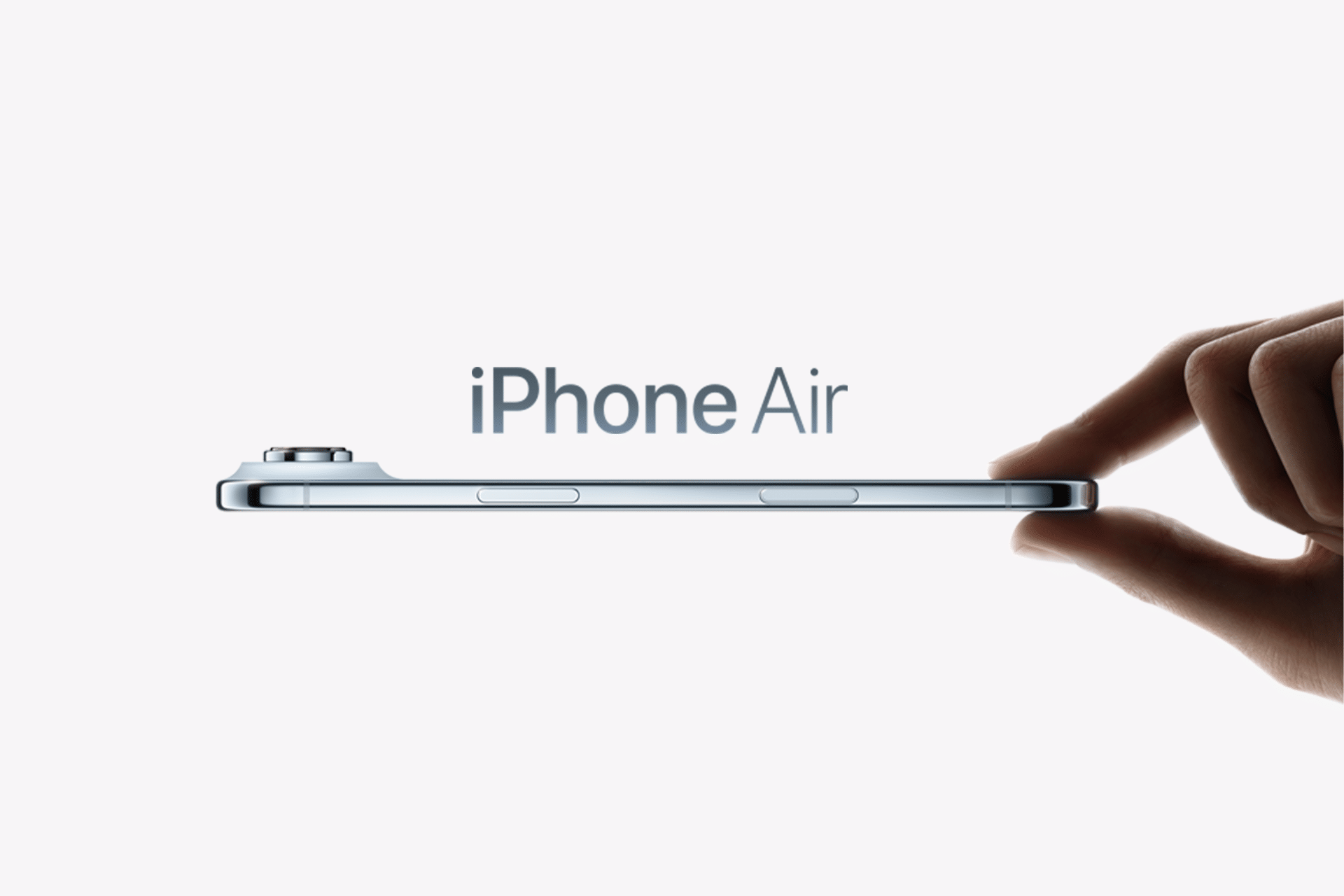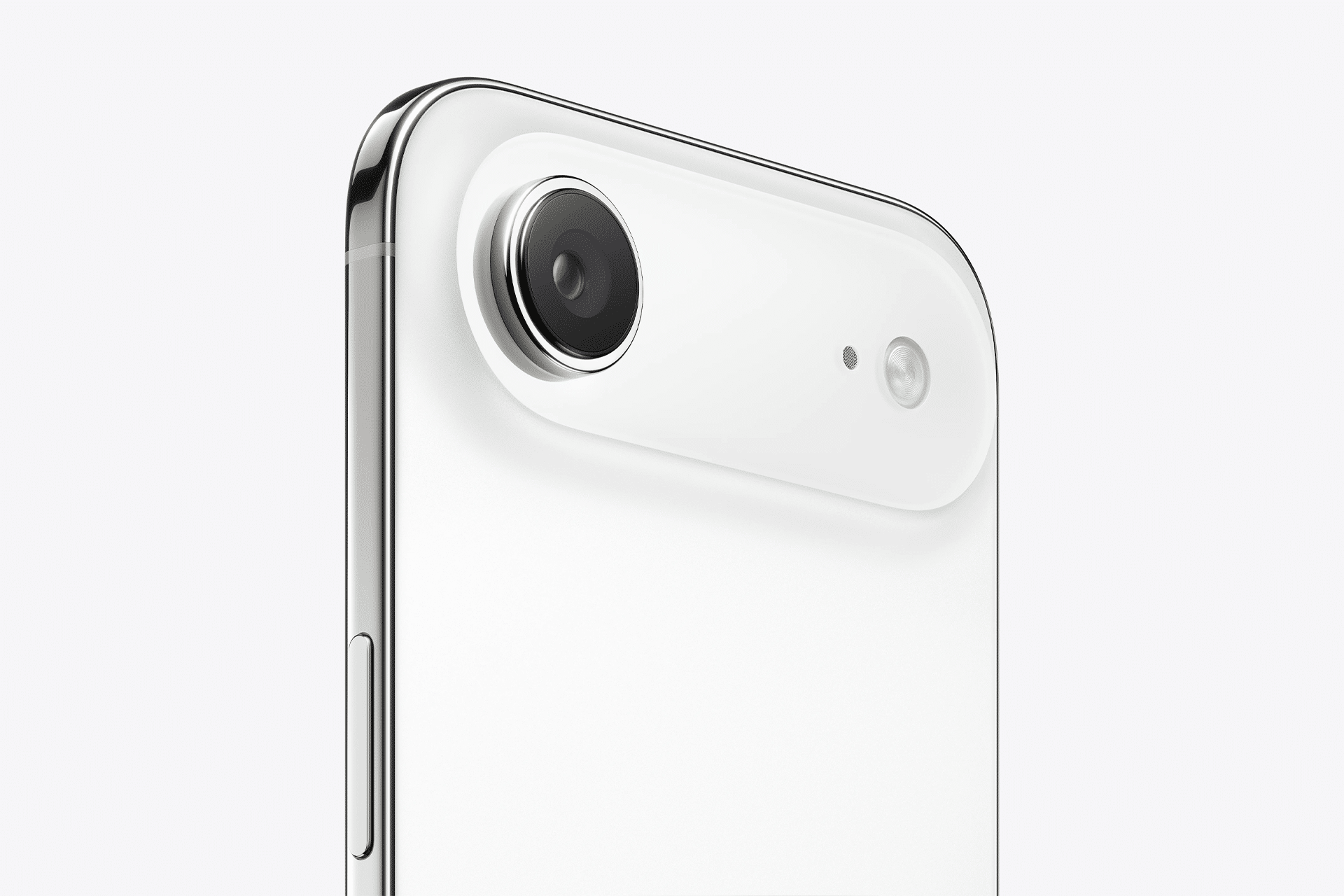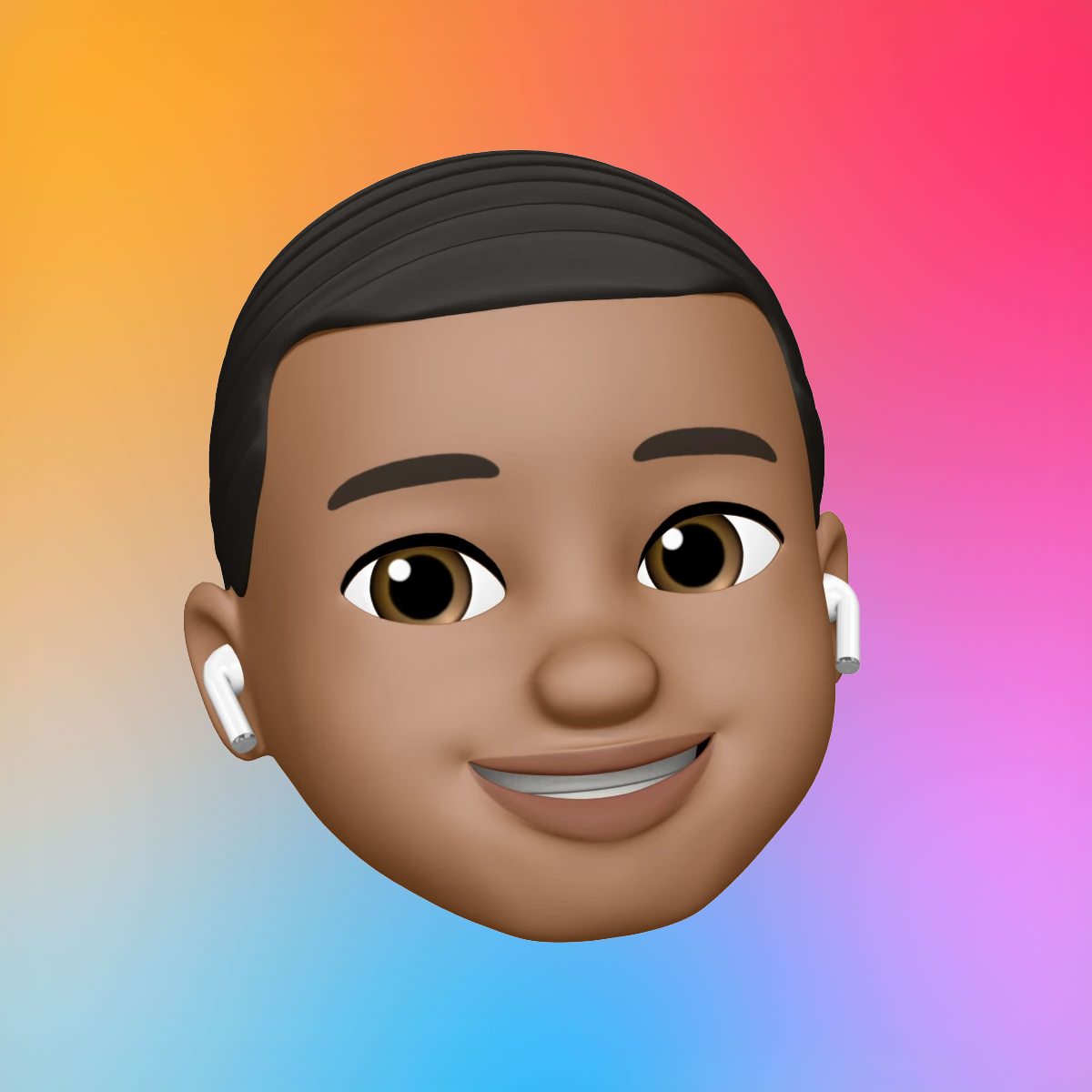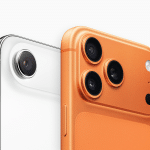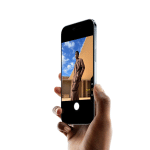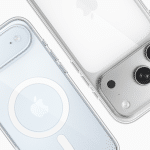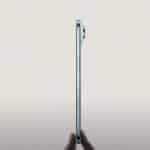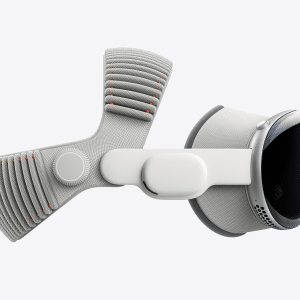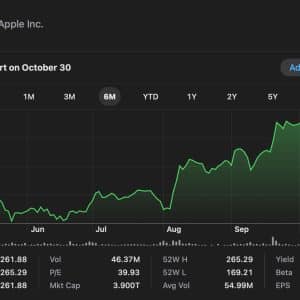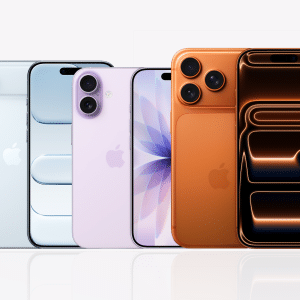Apple is expected to introduce a redesigned iPhone Air in 2026 featuring a dual-lens camera system and a thinner, lighter chassis, according to new information shared by industry sources. The device is positioned to deliver a balance between the streamlined appeal of the iPhone Air and the performance of Apple’s higher-end Pro models.
The update is expected to make the iPhone Air more competitive within Apple’s lineup, appealing to users who want a premium feel and solid imaging performance without stepping up to the Pro tier.
A Refined Design for the Next Generation
The 2026 iPhone Air will reportedly feature a slimmer aluminum frame and a lighter overall build than current models. Apple is said to be refining the design with improved structural materials and a smaller camera bump, giving the device a sleeker appearance while maintaining durability.
The company is expected to continue differentiating the Air lineup with minimalist design cues, thinner bezels, and new color options that align with the 2026 iPhone family’s refreshed visual identity.
Dual-Lens Camera for Enhanced Photography
For the first time, the iPhone Air will feature a dual-lens camera system, marking a significant upgrade from the single-lens design of previous models. The setup is expected to include a wide and ultrawide lens configuration, similar to that found on Apple’s standard iPhone 17 model, bringing more flexibility for photography and video capture.
The change reflects Apple’s ongoing strategy to raise the baseline for imaging across its lineup, giving users access to advanced computational photography without requiring a Pro-level purchase. Improvements in image processing and low-light performance are also anticipated through the integration of Apple’s latest A-series processor and AI-assisted camera algorithms.
Bridging the Gap Between Air and Pro
The addition of a dual-lens camera positions the iPhone Air closer to the Pro experience while maintaining a distinction through materials and feature set. Reports suggest the device will retain an aluminum frame instead of the titanium used on the Pro models and continue to focus on lightweight design rather than full professional specifications.
Apple’s strategy for the Air line mirrors its approach with MacBook Air — offering performance and premium design at a more accessible price. With the inclusion of upgraded imaging hardware and the expected M5-based A-series processor, the 2026 iPhone Air could become one of the most balanced options in Apple’s upcoming smartphone lineup.
Expected Launch Timeline
The 2026 iPhone lineup is expected to debut in the usual September timeframe. The iPhone Air will reportedly launch alongside the iPhone 18 and iPhone 18 Pro models, completing Apple’s four-device strategy for the next generation.
While official details remain unconfirmed, production supply chain indicators suggest Apple has already begun early component planning for the iPhone Air’s new camera modules and display panels.
The introduction of the dual-lens system marks a notable step forward for Apple’s mid-tier smartphones, reinforcing the company’s goal to offer advanced camera performance across its entire product range.
